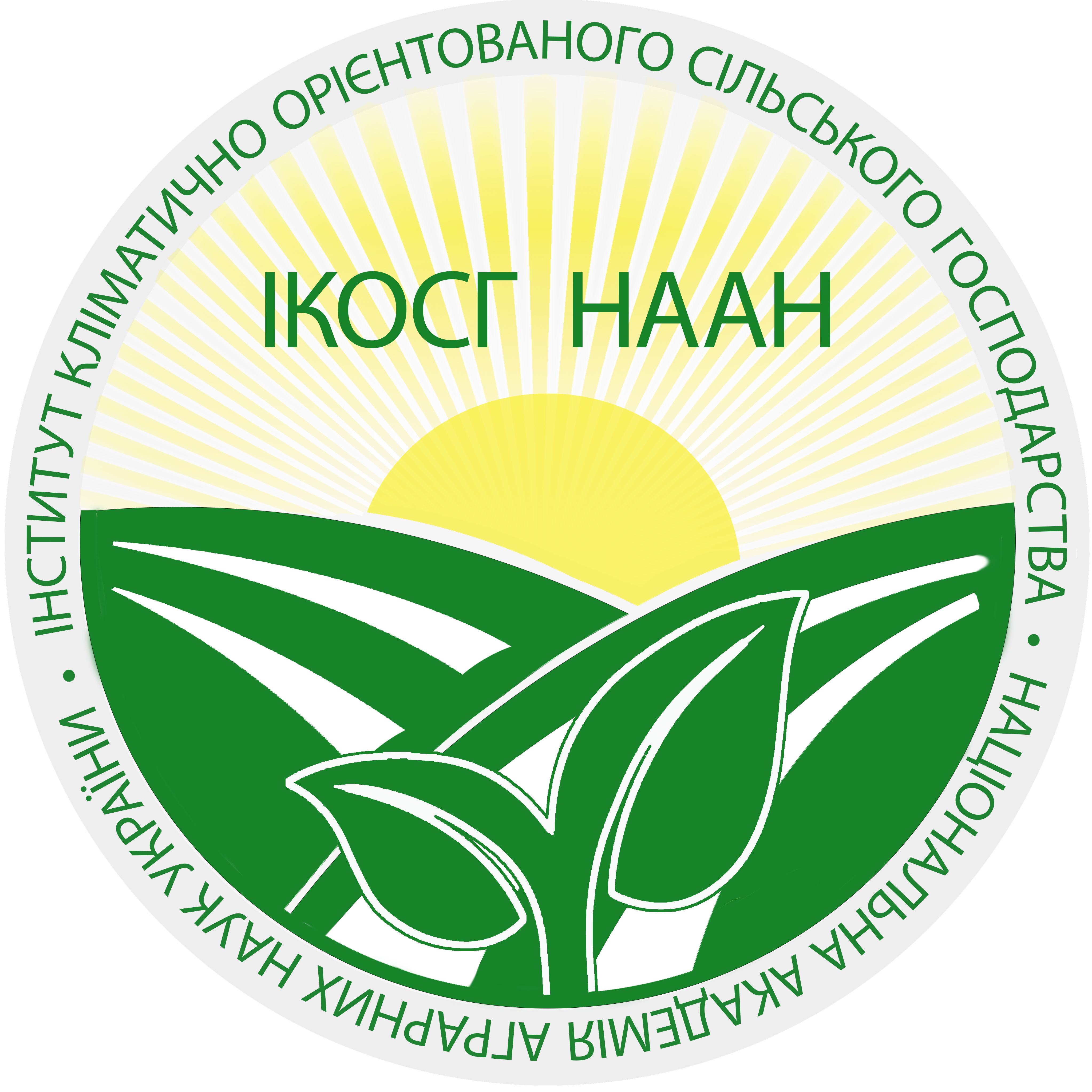Застосування мікробних препаратів і регуляторів росту рослин для зниження накопичення важких металів у зерні пшениці озимої
Анотація
Мета. Провести аналіз впливу комплексного засто-сування інокуляції насіння пшениці озимої біопрепа-ратами з обробкою рослин стимуляторами на накопи-чення важких металів у зерні в умовах техногенногонавантаження. Методи. Польовий, лабораторний, роз-рахунковий і статистичний, аналізу і синтезу.Результати. Встановлено, що бактеризація насінняпшениці озимої й обприскування посівів регуляторамиросту рослин забезпечили підвищення продуктивностіпшениці озимої. Додатковий урожай відносно конт-ролю з бактеризацією насіння становив для діазофіту0,60 т/га (8,5%), поліміксобактерину – 0,79 т/га (11,1%).Найбільший додатковий урожай дало поєднання іноку-ляції насіння поліміксобактерином з обробкою вегету-ючих рослин гуміновою сумішшю айдар. Урожайністьу цьому варіанті становила 8,08 т/га, що достовірноперевищило контроль на 0,98 т/га (13,8%). Для оцінкиякості продукції було проведене аналітичне визначеннявмісту важких металів у зерні. Комплексне застосуваннямікробних препаратів і позакореневої обробки посівіврозчином біостимуляторів рослин айдар і вермістімсприяє зменшенню поглинання найбільш небезпечнихелементів свинцю і кадмію в зерні пшениці озимої (на31–43% та на 29–35% проти контрольного варіанту), щодає змогу одержувати зерно з показниками якості відпо-відно до санітарно-гігієнічних вимог. Поліміксобактеринза комплексного застосування зі стимуляторами айдарі вермістім виявляє протекторну дію до свинцю і кадмію,оскільки знижує вміст надходження цих елементів у рос-лини пшениці озимої. Максимальний позитивний ефектдало комплексне застосування поліміксобактеринуі біостимулятору айдар. У цьому варіанті накопичення свинцю в зерні пшениці озимої знизилося в 2,3 рази,кадмію – в 1,8 рази. Коефіцієнт біологічного поглинанняна контролі становив для свинцю – 0,18, з обробкою –0,08, для кадмію – 0,19 і 0,11 відповідно.Висновки. Застосування таких агрозаходів даєзмогу зменшити ризик забруднення зернової продукціїпід час вирощування пшениці озимої в умовах промис-лових регіонів із високим рівнем техногенного наванта-ження на агросферу.
Посилання
2. Екологічна ситуація в зоні впливу Зміївської ТЕС / за заг. ред. С.А. Балюк. Харків : Бровін О.В., 2019. 88 с.
3. Кабата-Пендиас А., Пендиас Х. Микроэлементы в почвах и растениях. Москва, 1989. 439 с.
4. Фатєєв Ф.І., Самохвалова В.Л. Концепція використання техногенно забруднених ґрунтів. Харків : Стильна типографія, 2018. 57 c.
5. Ильин В.Б. Тяжелые металлы в системе «почва – растение». Новосибирск : Наука, 1991. 151 с.
6. Бондарь В.І., Макаренко Н.А. Вплив технологій вирощування пшениці озимої на процеси акумуляції і транслокації свинцю. Біоресурси і природокористування. 2019. Т. 11. № 1–2. С. 41–50. URL: https://doi.org/10.31548/bio2019.01.005.
7. Фатєєв А.І. Вплив систем удобрення на рухомість кадмію в темно-сірому опідзоленому ґрунті Західного Лісостепу України. Агрохімія і ґрунтознавство. 2015. Вип. 82. С. 33–36. URL: http://nbuv.gov.ua/UJRN/agrohimigrn_2015_82_7.
8. Гаврилюк В.А., Дідковська Т.П. Ефективність використання нових видів мікробіологічних препаратів і стимуляторів росту. Вісник ХНАУ. Серія «Ґрунтознавство, агрохімія, землеробство, лісове господарство». 2008. № 4. С. 49–52.
9. Використання біопрепаратів – перспективний напрямок вдосконалення агротехнологій / М.О. Остапчук та ін. Сільське господарство та лісівництво. 2015. № 2. С. 5–17.
10. Найдьонова О.Є. Застосування гумінового препарату «Humin plus» в органічному землеробстві. Вісник ХНАУ. 2015. № 2. С. 39–50.
11. Урожайність і якість насіння сільськогосподарських культур за дії регуляторів росту рослин / М.Г. Василенко та ін. Агроекологічний журнал. 2018. № 1. C. 96–101.
12. Эффективность предпосевной обработки семян яровой пшеницы микробиологическим препаратом бисолбисан в условиях загрязнения почвы кадмием / Л.Н. Ульяненко и др. Агрохимия. 2009. № 3. С. 76–83.
13. Транслокація важких металів у системі «ґрунт – рослина» за вапнування та впливу біологічних препаратів / С.Г. Корсун та ін. Агроекологічний журнал. 2019. № 1. С. 29–35. DOI: https://doi.org/10.33730/2077-4893.1.2019.163245.
14. Доспехов Б.А. Методика полевого опыта. Москва : Агропромиздат, 1985. 351 с.
15. ДСТУ 3768:2010. Пшениця. Технічні умови.






